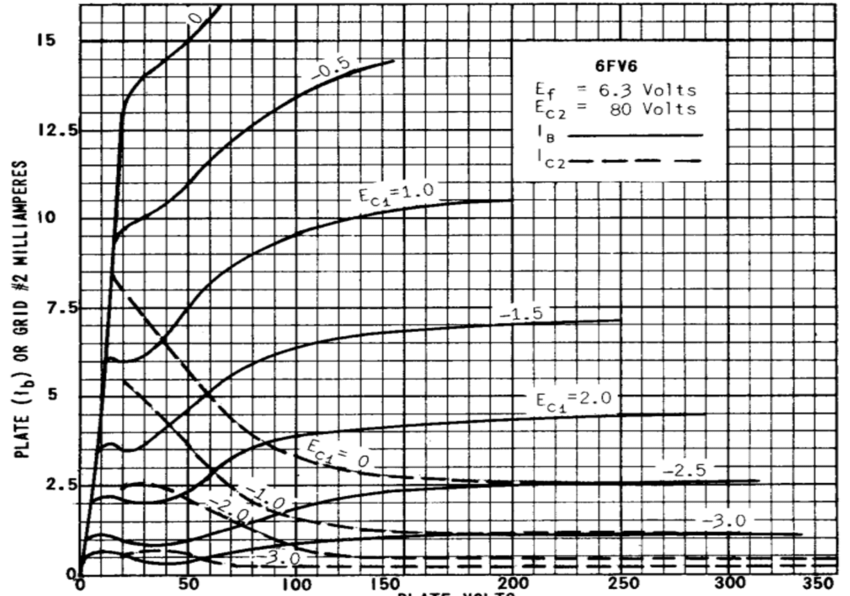As I mentioned earlier, few if any hi-fi amplifier manufacturers get UL certification, or other NRTL certifications like CSA or ETL. Why, because you have to submit six samples for testing and you do not get them back. So McIntosh, Benchmark, NAD, Yamaha, Mark Levinson (I know for sure) do not get UL certification. There is no requirement in the US that an amplifier have UL (or similar NRTL certification).
There is zero significance to the fact that Carver, Sunfire, Phase Linear amps do not have a UL/CSA/ETL/EU certification. NONE.
Building, specifically electrical codes are what requires a product to be to have a UL certification/rating. Generally speaking, UL ratings for audio products that are permanently installed into a structure, in public areas where fire safety is critical (movie theaters) or areas that are frequently moist or wet. Pools, outdoors, etc. So, for example, in-wall or in-ceiling speakers are usually UL rated. Speakers AND amplifiers in movie theaters have to be UL rated (some Crown amps are UL and/or CSA and/or ETL rated). Amps and speakers near swimming pools need to be UL rated.
High-dollar amps and preamps for your home/home theater do not have to be UL rated and rarely are.
A UL rating doesn't provide any legal protection if you sell a product that was defective. E.g., didn't solder, terminate, or ground wire. Manufacturers get UL ratings so their products can be installed where building codes require them to be rated.
CE certification is nowhere near what a UL rating is. You pay someone to review your design to determine that it is environmentally and generally safe and they give you a Declaration of Conformance which allows your product to be marketed and sold to the EU. There is one safety standard (from 1998) regarding audio equipment, and about six others that are to confirm the product does not emit excessive radiation (microwave or RF), and is not overly sensitive to picking up radiation. I don't know enough about it to say how deep they go into grounding issues for CE certification. But that alone should not give you a fuzzy feeling to install audio equipment outdoors, near water, etc. A CE certification isn't enough to get the equipment installed where an electrical code requires a UL or other NRTL certification.


